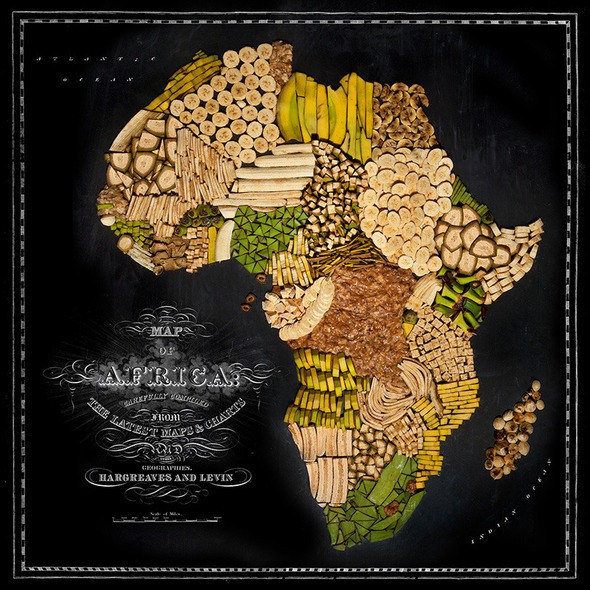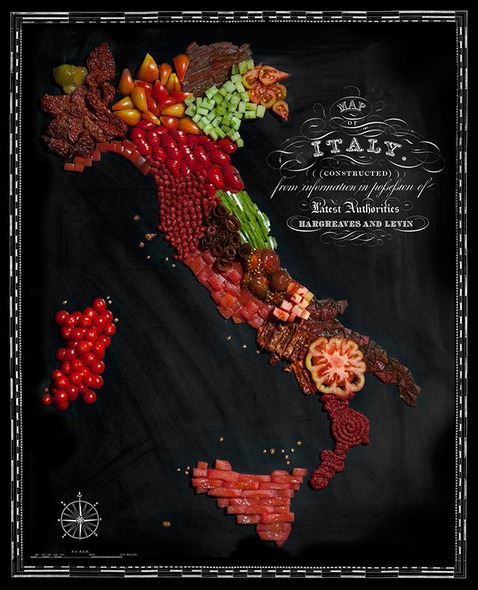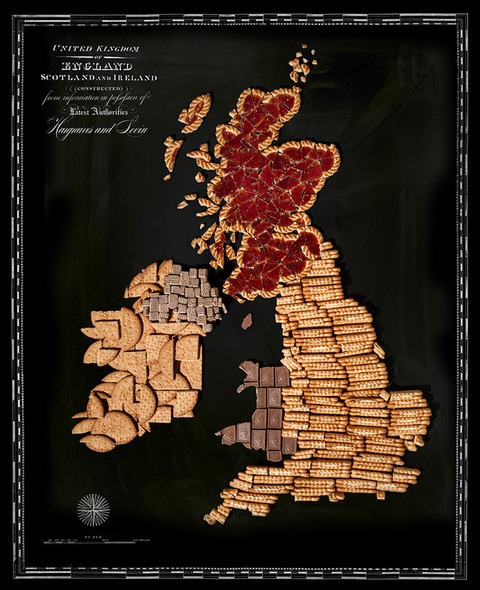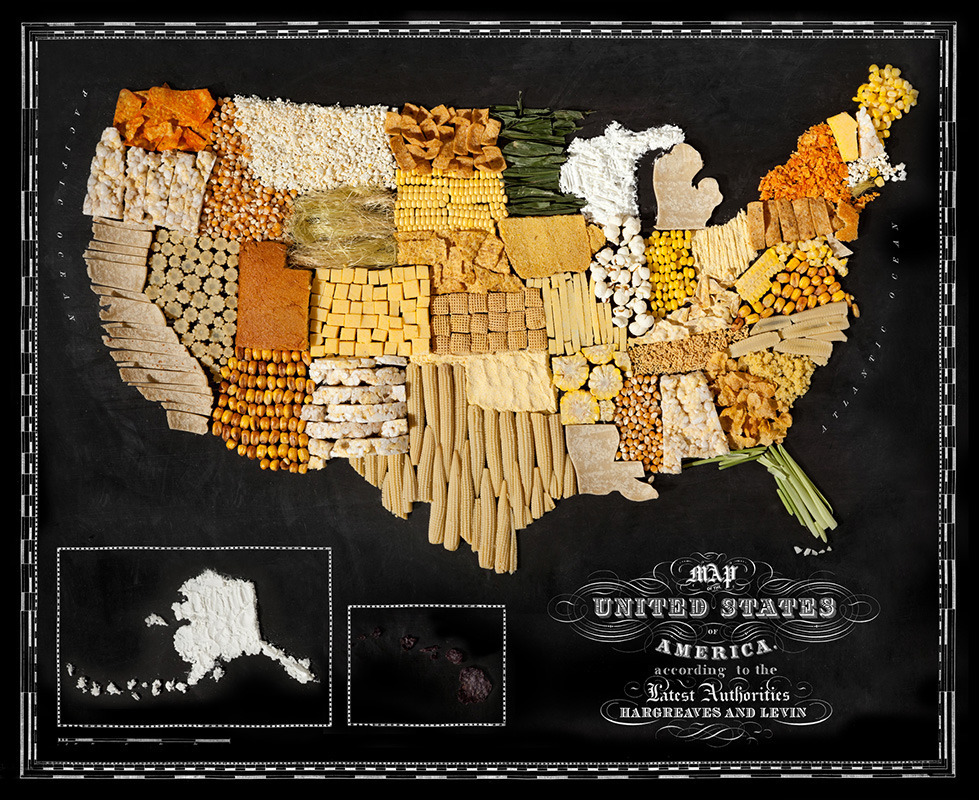 While some geographers find it hard to demonstrate the incredible potentials of their field to the public (in one hand), there is a growing curiosity from a very wide (non specialized) audience for our planet, the way we depict, map, manage and dwell it. People travel more than they used to, they travel differently, they experience distance, moving, reporting in different ways. What used to be secrets detained by an elite is now becoming everybody’s concern, as our contemporary (western) lifestyle is very connected, global, characterized by people consuming, communicating and travelling a lot.
While some geographers find it hard to demonstrate the incredible potentials of their field to the public (in one hand), there is a growing curiosity from a very wide (non specialized) audience for our planet, the way we depict, map, manage and dwell it. People travel more than they used to, they travel differently, they experience distance, moving, reporting in different ways. What used to be secrets detained by an elite is now becoming everybody’s concern, as our contemporary (western) lifestyle is very connected, global, characterized by people consuming, communicating and travelling a lot.
People wonder more about why things are the way they are, who made the decision, why and based on what. We want more transparency, more insights on how our environment is built, since we know it is made by people, just like us, not detaining some sort of magical powers nor divine spirit (nor absolute authority, like kings or lords used to have). If anyone can search and hack the internet to find out about things if they really want to, it becomes harmful to organisations and public institutions to hide the data. Open data are becoming the standard for future territorial governance, even if a lot of power stakes remain.
[Read the GeoCube Report on Useful Geography (PDF)]
Big Data capacities, geospatial technologies and surveying sciences allow us to be very sharp “earth planners” capable of measuring, anticipating and planning a lot ahead, with a global vision, what to build, where, for who and how. While our capacities expand, the gap between specialized, closed, technical knowledge (such as cartography skills) and user friendly designs, tools and apps accessible to everyone is reducing. More and more data, mapping tools, interactive apps are made available online to respond to the massive demand for pretty, useful and highly customized maps.
Despite those trends, the lack of geographical knowledge and spatial thinking behind the technology remains. We have access to great tools to visualize incredible amounts of data, but do not necessarily get a sense of what perspective, context and interactions should be looked for/applied to make sense of our world.
That is where geography gets in.
A few years ago, the EUROGEO Assocation worked on an online guide, the GEOCUBE, to define key geography concepts for decision makers, especially european commissioners. Looking for the “useful geography” side of the cube, you’ll access the full report made of 9 topics, giving an overview of fields in which geography is used around us, everyday.
Getting back to basics, this short guide provides a very accurate description of what geographers can bring to the table, especially regarding the analysis of patterns of people, goods, ideas and materials movements. After all, any other scientist can be a geographer, if he or she decides to adopt that specific approach that look at things around us and try to establish connexions and patterns by looking at them spatially. It all starts with the ability to ask geographic questions, such as: “why things are where they are, how so and why”.
[Read the GeoCube Report on Useful Geography (PDF)]
From there, to answer those geographic questions, it takes the capacity of:
- Acquiring geographic information, such as locating, observing and systematically recording places, people and environments, using maps, fieldwork, interviews, reference material and library research
- Organising geographic information by translating data into visual forms, making maps, graphs, tables, spreadsheets, time lines, oral and written summaries
- Analysing geographic information, by probing examining, explaining and synthesising patterns, processes, relationships, connections, trends and sequences
- Answering geographic questions such as using generalisations, making conclusions, inferences, inductive and deductive reasoning.
Pretty much any theme or phenomenon can be analyzed with a geographic angle. Some topics remain typically geographic, as they involve “things moving spatially”, such as:
- Transports (assessing demand, mapping and proposing routes, locating train stations and airports, optimizing efficiency…)
- Logistics (estimating volumes, needs and potential routes between departure points and destinations, coordinating and optimizing flights and rides, taking risks and territorial confines into account…)
- Natural Resources Management (environmental evaluation of the ecosystem capacities, limits and resilience, understanding volume that can be extracted, frequency and timeline of the exploitation, stakes and risks…)
- Planning (assessing volume and patterns of people’s movement, knowing, mapping and reconciling different functions, needs and wills within the urban or rural space, thinking globally about all aspects and dimensions of the territory…)
- Facility management (usually combining logistics, transport and planning, applied to one specific market/place)
Within those major topics, geographers get to be in touch with a wide range of interests, depending on the type of projects they are working on. Doing geography is also being able to explore other fields and sciences, to pick up specific knowledge and key concepts so to solve geographic questions.
- Politics: Everything regarding planning has to do with politics. As multiple stakes are confronting in the same space (profitability versus wellbeing, lack of space, pollution issues, need for services, green spaces, transport efficiency, while keeping places livable and pleasant for everyone…). It takes for geographers to have a good sense of lobbies and institutions acting in one place to get full answers to his/her questions.
- Environment: Anything spatial is a physical object, therefore being located in a specific milieu, or ecosystem. From the hyper local projects such as choosing where to put one bus stop, to the global planning of a national train network, environment is a fundamental aspect to know and include in any decision. This does not mean that being a geographer is being 100% pro-green, but usually knowing and paying attention to environmental aspects increase eco-friendly sensitivity.
- Law: Where there is politics, there is law. For geographers, laws that matter the most are property law. Everything related to land has to do with property. Environmental standards, national and local regulations must be known and mastered.
- Economics: Any project takes a budget and is being done in a specific political and economical context: more than learning the accounting, geographers need to know about where is the money from, get a sense of scale as well as of economical mechanisms at stake.
- Risk management: As geographers have a global vision on projects, they are usually in a good position to assess risks (natural, industrial, but also financial, environmental, political or risks related to health, people security, etc.). Assessing risk is crossing the vulnerability of one object (can be people, a building, a business plan) with the chances of aleas (an epidemy, a natural disaster or an economical crisis). The geographic perspective can help a lot dealing with multiple layers of thematic information to calculate probabilities and play a key role in the decision making process.















